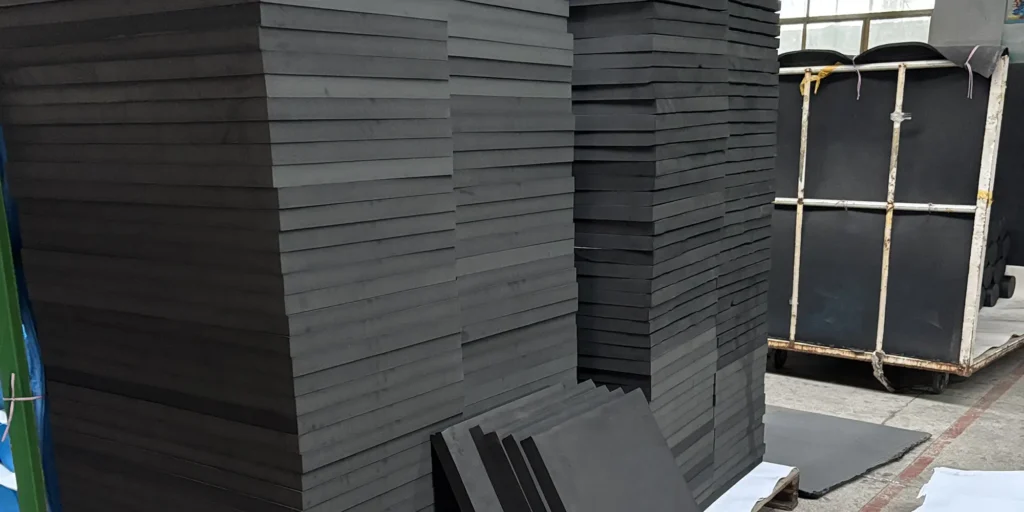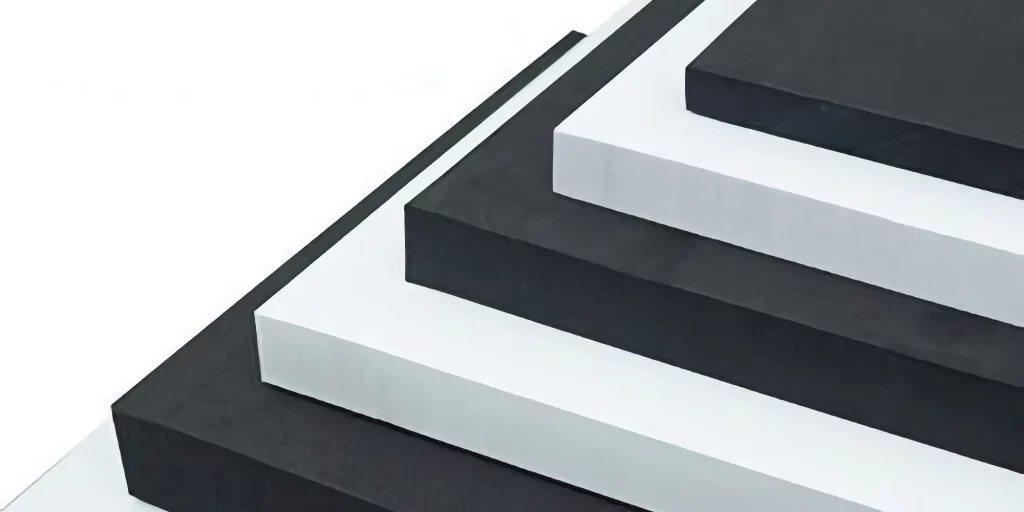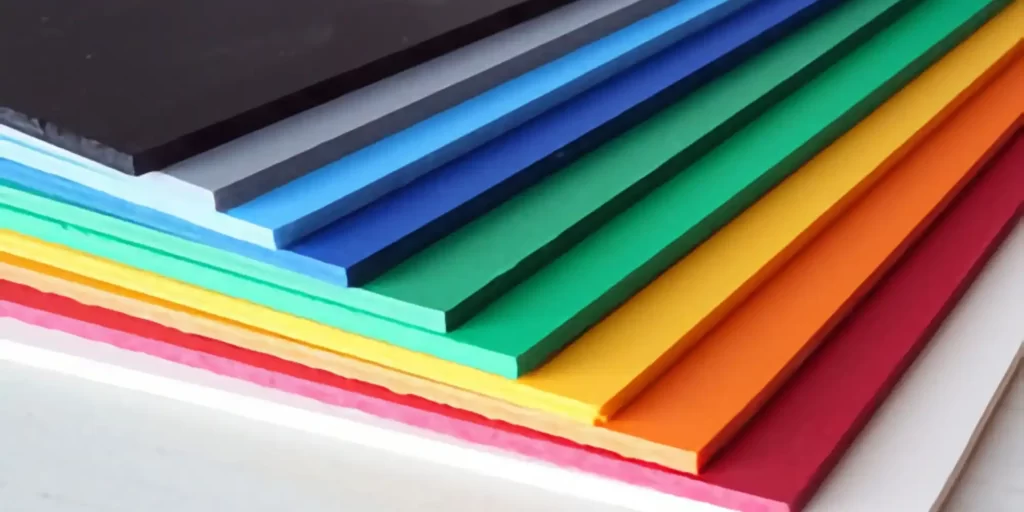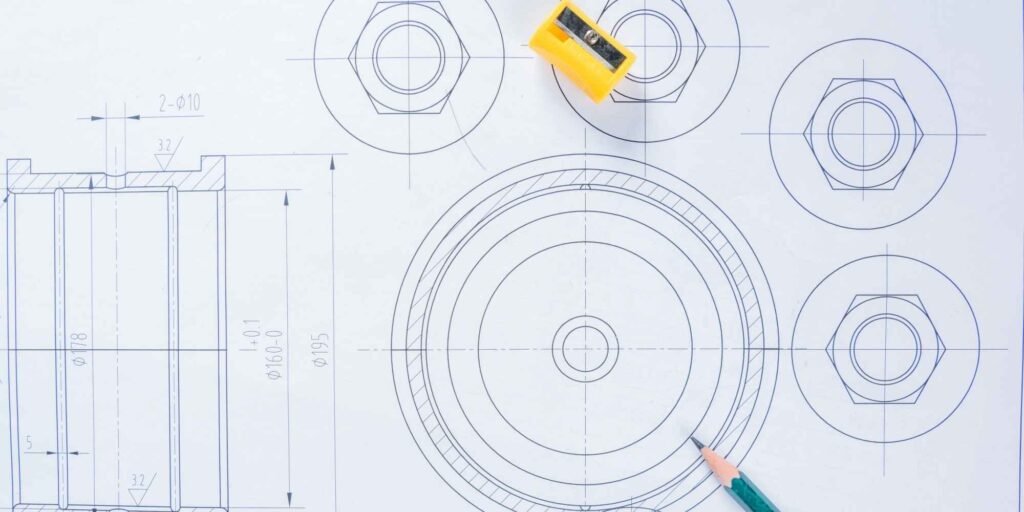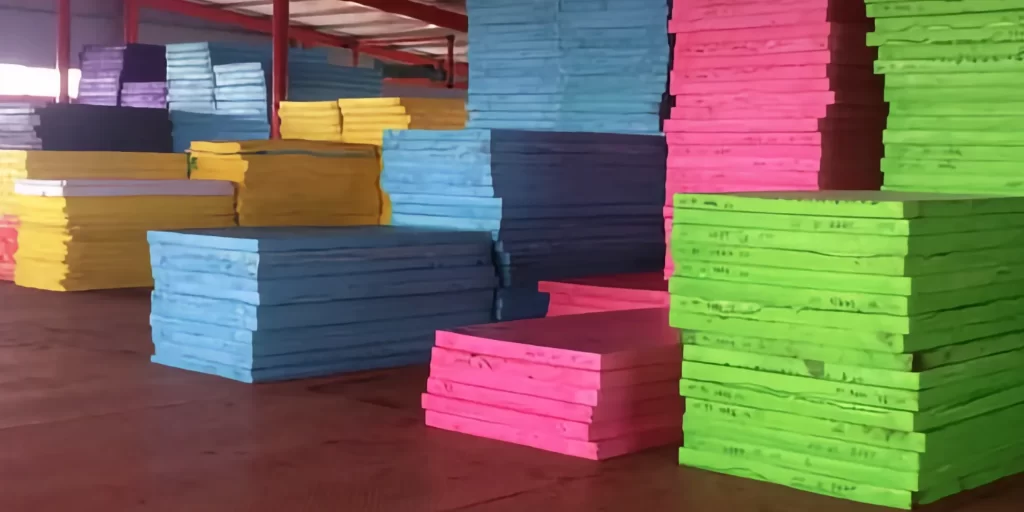Polyethylene foam materials with varying expansion ratios serve pivotal functions across industries such as packaging, construction, and automotive applications. This comprehensive guide delves into the fundamental distinctions between high-expansion (12–30x) and low-expansion (3–12x) PE foam production, encompassing material formulation, technical specifications, process optimization, and industrial use cases. Understand how expansion ratio selection influences product density, structural integrity, and economic feasibility.
High-Expansion PE Foam Manufacturing
Technical Specifications
- Expansion ratio: 12–30x
- Density range: 15–45 kg/m³
- Primary foaming agent: High-efficiency azodicarbonamide (ADC)
- Key advantages: Exceptional lightweight properties, superior impact absorption
Industrial Applications
- Protective packaging for delicate and high-value items
- Thermal insulation boards for architectural use
- Acoustic dampening components in automotive interiors
- Buoyancy aids for marine and aquatic applications
Low-Expansion PE Foam Production
Performance Characteristics
- Expansion ratio: 3–12x
- Density range: 50–120 kg/m³
- Structural benefits: Enhanced compressive resilience
Manufacturing Applications
- Midsole cushioning in footwear
- Protective padding for sports equipment
- Industrial sealing and gasket solutions
Critical Process Parameters
| Parameter | Optimal Range |
|---|---|
| Polymer melt viscosity | 150–300°C (precise regulation) |
| Gas saturation pressure | 0.5–3.5 MPa |
| Foam stabilizer content | 0.8–2.5% by weight |
| Cooling gradient | 15–30°C per minute |
| Mold temperature | 40–90°C (aluminum preferred) |
Quality Assurance Protocols
- Microstructural uniformity (microscopic inspection)
- Dimensional accuracy (±1.5% tolerance)
- Compression resistance (<15% per ASTM D3574)
FAQ Section
Q1: How is the optimal expansion ratio determined?
- Weight specifications
- Load-bearing requirements
- Cost-efficiency analysis
- Environmental operating conditions
Q2: What governs cellular density in PE foam?
- Foaming agent type and concentration
- Processing temperature profile
- Rate of pressure release
Q3: Preventive measures against structural deformation?
- Enhanced melt stability adjustments
- Refined cooling system calibration
- Integration of cross-linking additives
Q4: Economic implications of expansion ratios?
- High expansion: 30–50% reduction in raw material consumption
- Low expansion: 15–20% decrease in secondary processing costs
Q5: Environmental compliance?
- Conforms to ROHS/REACH standards
- Fully recyclable material composition
WELLE Trade has over 20 years of experience in the production and processing of PE/EVA/TPE foams, so you may want to consult with them if you have any sourcing needs.
